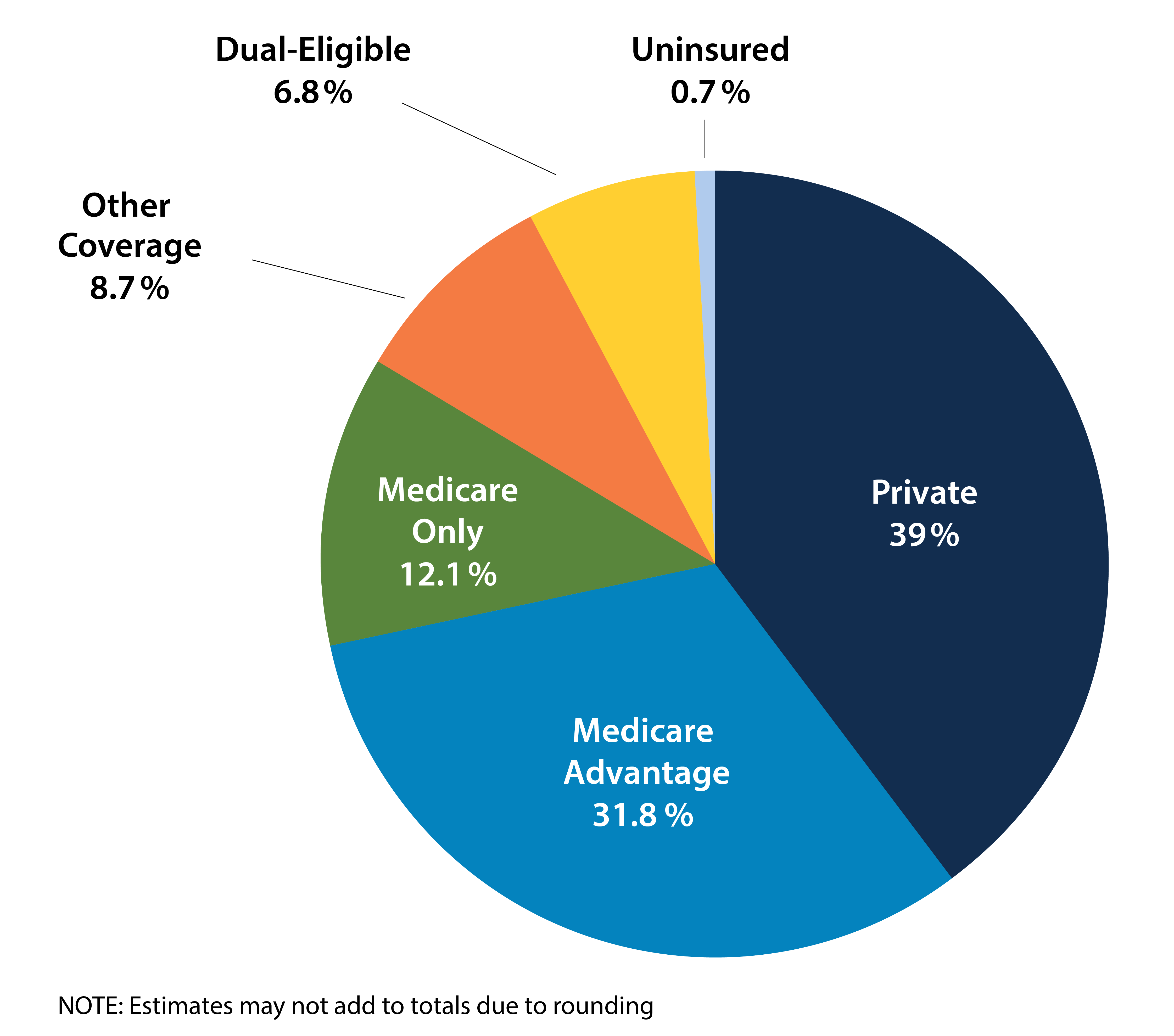3. Health Data Sources
Surveys
Surveys are an important means of collecting health and social science information from a sample of people in a standardized way to better understand a larger population. There are many methods used to conduct surveys, including questionnaires and in-depth interviews via phone, mail, email, and in-person.
Survey research allows researchers to collect empirical data in a relatively short period of time. Depending on the design and scope, surveys can collect data on a representative sample of people,1 particularly when samples are randomized, or purposive non-probability sampling is used.
Surveys, like all research approaches, can have drawbacks. It can be hard to get detailed information in a survey, and sometimes people choose not to answer difficult questions, or they cannot remember important details correctly or at all (this is called recall bias). Surveys can have low response rates, and those who do not have access to the medium through which the surveys are distributed are excluded. For example, homeless people may be excluded from a survey conducted via mail, those without phones may be excluded from phone surveys, and those without health insurance who cannot afford to see a doctor may be excluded from surveys conducted by health care providers.
When designing surveys, it is important to design questions carefully so that they are clear and understandable to the respondent, produce results relevant to the purpose of the survey, and do not include ‘leading’ questions, or questions that prompt a specific desired answer. Information on a survey designed to collect health data might focus on patients, providers, or hospitals and doctor’s offices. Two major types of surveys are used to gather health statistics: population surveys and provider surveys.
Below are selected surveys that the National Center for Health Statistics (NCHS) and other agencies provide:2
- The National Health Interview Survey (NHIS) is an example of an interview-based population survey. Researchers interview people in their homes to learn about how they use health care, insurance, their access to care, and other topics.
- The National Health and Nutrition Examination Survey (NHANES) is another population survey. This survey covers topics like: disease conditions; child growth and development; illnesses such as diabetes, hypertension, and cholesterol; and nutrition. This survey uses a mix of personal interviews, physical examinations, and lab tests.
- The National Ambulatory Medical Care Survey (NAMCS) is a provider survey. To complete this survey, researchers interview physicians and visit medical centers to learn about patient demographics, diagnoses, provider specialties, and how they use electronic medical records.
This chart was created using data from the National Health Interview Survey. It shows the percentage of health insurance coverage for people age 65 or over in the United States for 2020. This information was gained from interview surveys with the general public.3
Figure 5. Percent distribution of health insurance coverage among adults aged 65 and over: United States, 2020
A summary of current surveys and data collection systems under the purview of the National Center for Health Statistics can be found here. This page provides background information, such as data sources and methods, selected data items and topics, and targeted sample sizes, for surveys currently being conducted by NCHS.
The Department of Health and Human Services (HHS), along with the U.S. Census Bureau and various subsidiary agencies, conduct many other surveys and data collection activities, some of which are listed below. Explore their websites via the links on this page. For a detailed list of federal health-related surveys and data systems, visit the Guide to HHS Surveys and Data Resources.
Additional Resources
Here is a list of additional surveys:
- Medical Expenditure Panel Survey (Agency for Healthcare Research and Quality)
- National Survey of Family Growth (Centers for Disease Control and Prevention)
- National Immunization Survey (Centers for Disease Control and Prevention)
- Behavioral Risk Factor Surveillance System (Centers for Disease Control and Prevention)
- National Survey of Children’s Health (Centers for Disease Control and Prevention)
- National Home and Hospice Care Survey (Centers for Disease Control and Prevention)
- Medicare Current Beneficiary Survey (Centers for Medicare and Medicaid Services)
1. Kelley, K., Clark, B., Brown V., and J. Sitzia. Good Practice in the Conduct and Reporting of Survey Research. International Journal for Quality in Health Care, 15 (3): 261-266. 2003.
2. Scheuren, Fritz. What is a Survey. American Statistical Association, 2004. https://community.amstat.org/surveyresearchmethodssection/links/new-item2.
3. Cha AE, Cohen RA. Demographic variation in health insurance coverage: United States, 2020. National Health Statistics Reports; no 169. Hyattsville, MD: National Center for Health Statistics. 2022. https://www.cdc.gov/nchs/data/nhsr/nhsr169.pdf.
